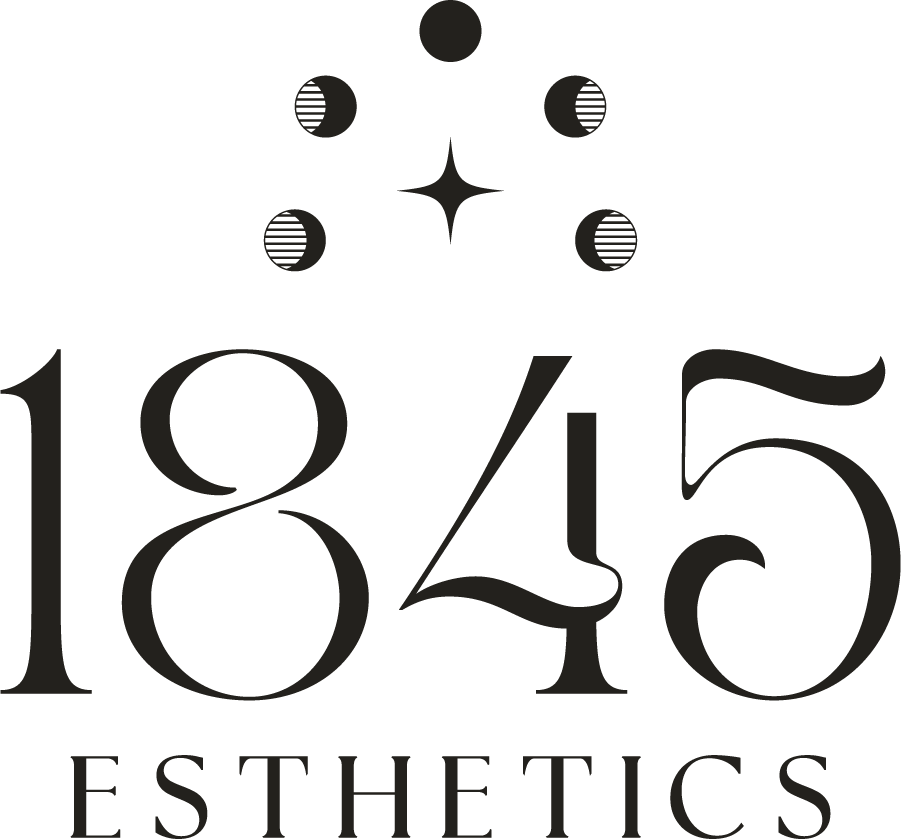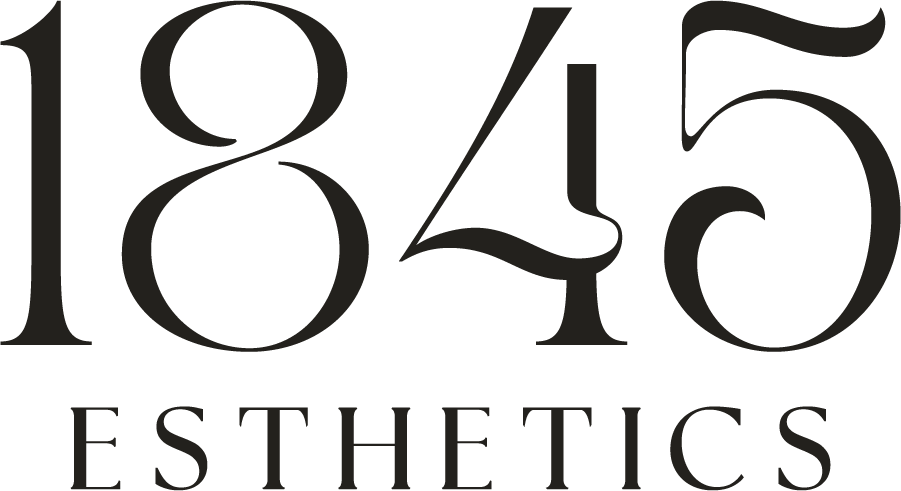The Confident Client's Guide: What to Know & Ask Your Esthetician Before Your Wax
Waxing is not just about removing hair—it is about enhancing confidence, feeling refreshed, and embracing a smooth, polished look. However, before booking your full-body wax or bikini wax, it is essential to understand the basics that ensure a safe, comfortable, and practical experience. Whether you are preparing for your first appointment or simply want to elevate your waxing routine, knowing what to ask and what to expect can transform your visit from routine to remarkable.
This guide outlines ten key things every confident client should know and ask their esthetician, helping you walk into your appointment feeling informed, empowered, and in control of your self-care journey.
Understand your skin and hair type
Why this matters
Everyone’s skin reacts differently to waxing, and understanding your unique skin and hair type is crucial for a safe and effective session. Sensitive skin may be more prone to redness, bumps, or irritation, especially in delicate areas. Those with thicker or coarser hair may require specific waxing techniques or stronger types of wax to achieve the best results. Communicating openly with your esthetician about any known skin conditions, previous reactions to waxing, allergies, or medications you are using helps them tailor the treatment to your needs and avoid unnecessary discomfort or complications.
What to ask
Do you offer wax suitable for sensitive skin?
How do you tailor waxing techniques based on hair thickness?
Inquire about hygiene standards
Why this matters
Cleanliness is crucial in any waxing studio. Tools should be sanitized, gloves should be worn, and double-dipping should never occur. Ensuring your esthetician follows strict hygiene practices protects your health and builds trust. A clean and sterile environment also reduces the risk of infections, breakouts, and skin irritation after your waxing session.
What to ask
How do you sanitize your tools between clients?
Do you use a fresh applicator for each dip of wax?
Know your wax options
Why this matters
Different areas of the body may benefit from other types of wax, depending on skin sensitivity and hair texture. Hard wax is generally gentler and better suited for sensitive areas like the bikini line, underarms, or face, as it adheres to the hair rather than the skin, minimizing irritation. In contrast, soft wax is typically used for larger areas such as the legs, arms, or back, where quick and efficient hair removal is the priority.
What to ask
Will you be using hard wax or soft wax for my bikini wax?
What type of wax do you recommend for a full body wax?
Ask about the esthetician's experience
Why this matters
You want to be in the hands of a professional who is confident and experienced, especially when it comes to intimate waxing areas. A skilled esthetician will perform the procedure efficiently and reduce discomfort.
What to ask
How long have you been performing your services?
Do you specialize in any particular waxing treatments?
Understand pre-wax preparation
Why this matters
Preparing your skin before a wax helps reduce pain and prevents irritation. Hydrated skin is more supple, and exfoliating the area a day before can help prevent ingrown hairs.
What to ask
What should I do the day before my wax?
Is there anything I should avoid doing or applying before the appointment?
Clarify post-wax care instructions
Why this matters
Proper aftercare can prevent breakouts, irritation, and ingrown hairs. It also helps you maintain smooth results for a longer time. Each esthetician may have specific product recommendations or protocols they prefer.
What to ask
What is your recommended aftercare routine?
Are there any ingredients I should avoid using on my skin after a full body wax?
Ask about pain management options
Why this matters
Pain is a common concern for clients considering waxing, especially for first-timers. While waxing is never completely painless, certain techniques and tips can help manage discomfort.
What to ask
Can I take a pain reliever before my bikini wax?
Do you offer numbing creams or recommend any?
Learn about the expected results
Why this matters
Understanding what to expect helps set realistic goals. For example, your first wax may not leave you completely hair-free, and results vary depending on your hair growth cycle.
What to ask
How long will the results of my full body wax last?
How many sessions will I need to see smoother and longer-lasting results?
Discuss your comfort and privacy concerns
Why this matters
Waxing is an intimate procedure. Feeling respected and comfortable during the session is just as important as the results. Open communication helps ensure your experience is positive.
What to ask
How do you maintain client privacy during a wax?
What should I wear or expect to remove during the service?
Talk about scheduling and frequency
Why this matters
Waxing works best when done regularly. Understanding how often to book your appointments can help you maintain smoother skin and reduce pain over time.
What to ask
How often should I schedule a wax?
Will regular waxing reduce my hair growth over time?
Conclusion
The more informed you are, the more confident you will feel walking into your waxing appointment. By asking the right questions and understanding what to expect, you set the stage for a smooth, professional experience. Whether you are booking a bikini wax or a full body wax, taking a proactive approach ensures that you are not just another client—you are an empowered one. Remember, your esthetician is there to help, and clear communication is the key to getting the most out of your session.
For the best experience , trust professionals who prioritize your comfort, hygiene, and results.

